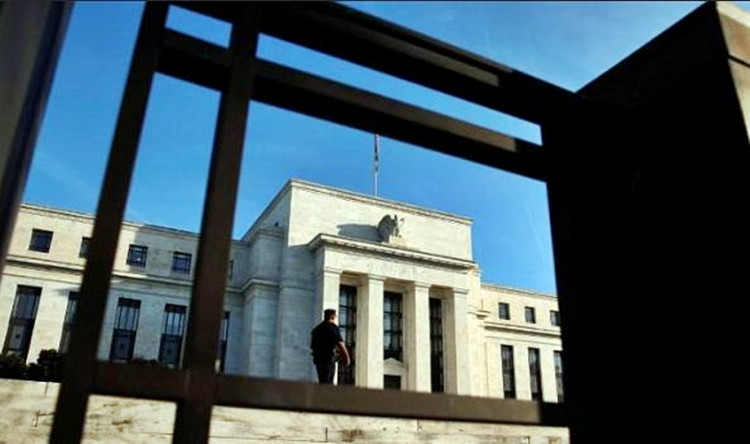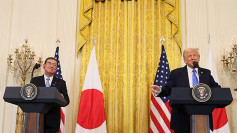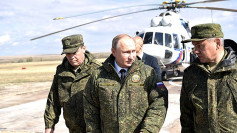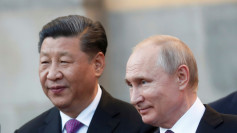There seems to be a consensus forming the U.S. Federal Reserve, the central bank of the United States, will hike interest rates for the last time this year before Christmas but will moderate the pace in 2019.
The Fed continues to take a fair share of brickbats from opponents of its gradual deleveraging policy. Chief among its critics is president Donald Trump, who continues to incorrectly fault the Fed and its chairman, Jerome Powell, for putting the brakes on U.S. economic growth.
Over the weekend, Federal Reserve governor Lael Brainard said the economic vista facing the U.S. is broadly positive, an uplifting comment. She said tailwinds buffeting growth are rising due to the palpable global growth slowdown; tighter financial conditions and the waning boost from fiscal stimulus.
Risks, however, are growing overseas and in domestic corporate debt markets. She said the gradual path of increases in the federal funds rate has served the U.S. well by giving the Fed time to assess the effects of policy as it moves forward.
She pointed out this approach remains appropriate in the near-term, although the policy path increasingly will depend on how the economic outlook evolves.
Bainard's declarations were, however, contradicted a few hours later by St. Louis Federal Reserve bank president James Bullard. A policy dove, Bullard repeated his call for the Fed to pause its current cycle of interest rate increases.
He argued the Fed might already be crimping America's economic growth. He pointed out that inflation forecasts are moving downward. Bullard claims investors are nervous the Fed has gone too far in withdrawing monetary easing.
The biggest threat posed by a Fed rate hike to the broader economy is the real risk the Treasury market yield curve might invert this month, resulting in the feared Death Cross, which in the past has been the harbinger of an economic recession.
The Death Cross derives its name from the X-shape created when the short-term moving average falls below the long-term moving average. Historically, the Death Cross precedes a prolonged downturn for both the long-term and short-term moving averages.
Economists say it's a signal that short-term momentum in a stock or stock index is slowing. On the other hand, the death cross isn't always a reliable indicator that a bull market (such as the one in the U.S.) is about to end.
Wall Street, however, continues to bet on a Fed rate hike before Christmas. Fed policymakers have hinted they will probably increase interest rates three times in 2019 in comparison to the four in 2018.
Lending weight to this move are comments made by the Fed about the need to reconsider its non-stop quarterly rate hikes for the past two years. Fed Chair Jerome Powell noted the Fed might need to "slow down" amid growing uncertainty.






